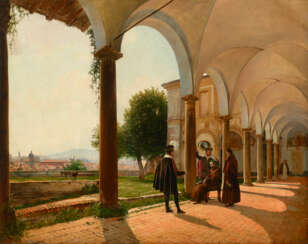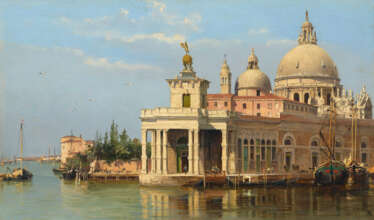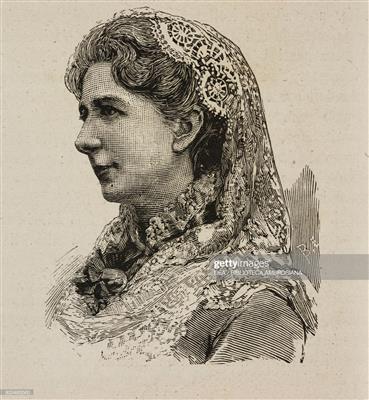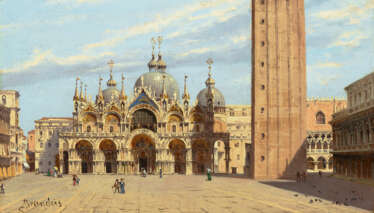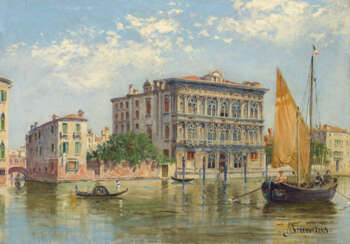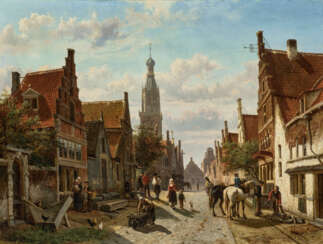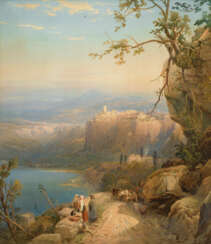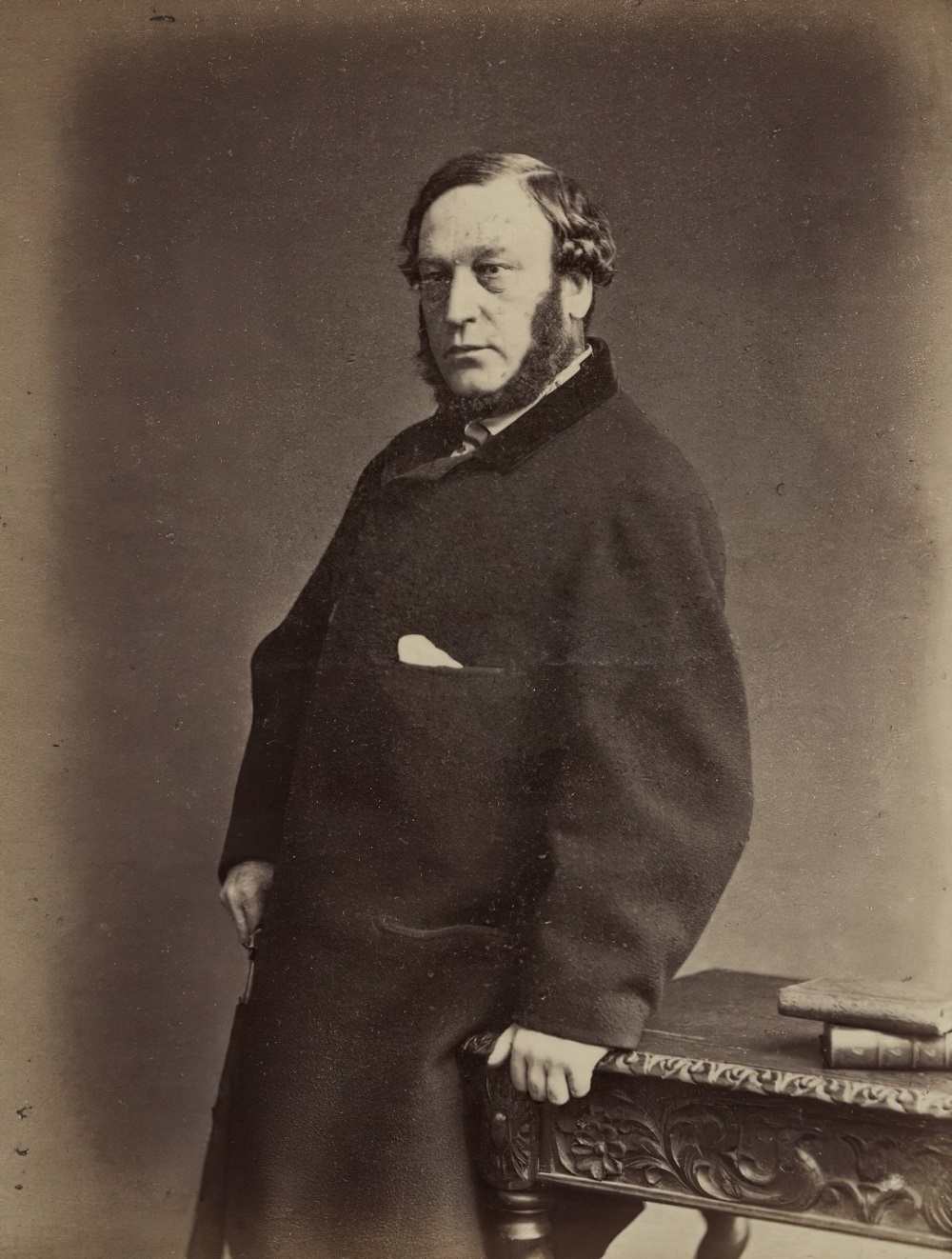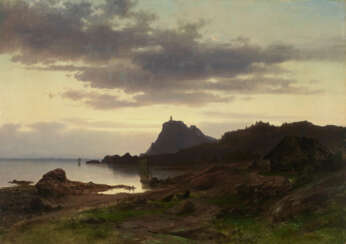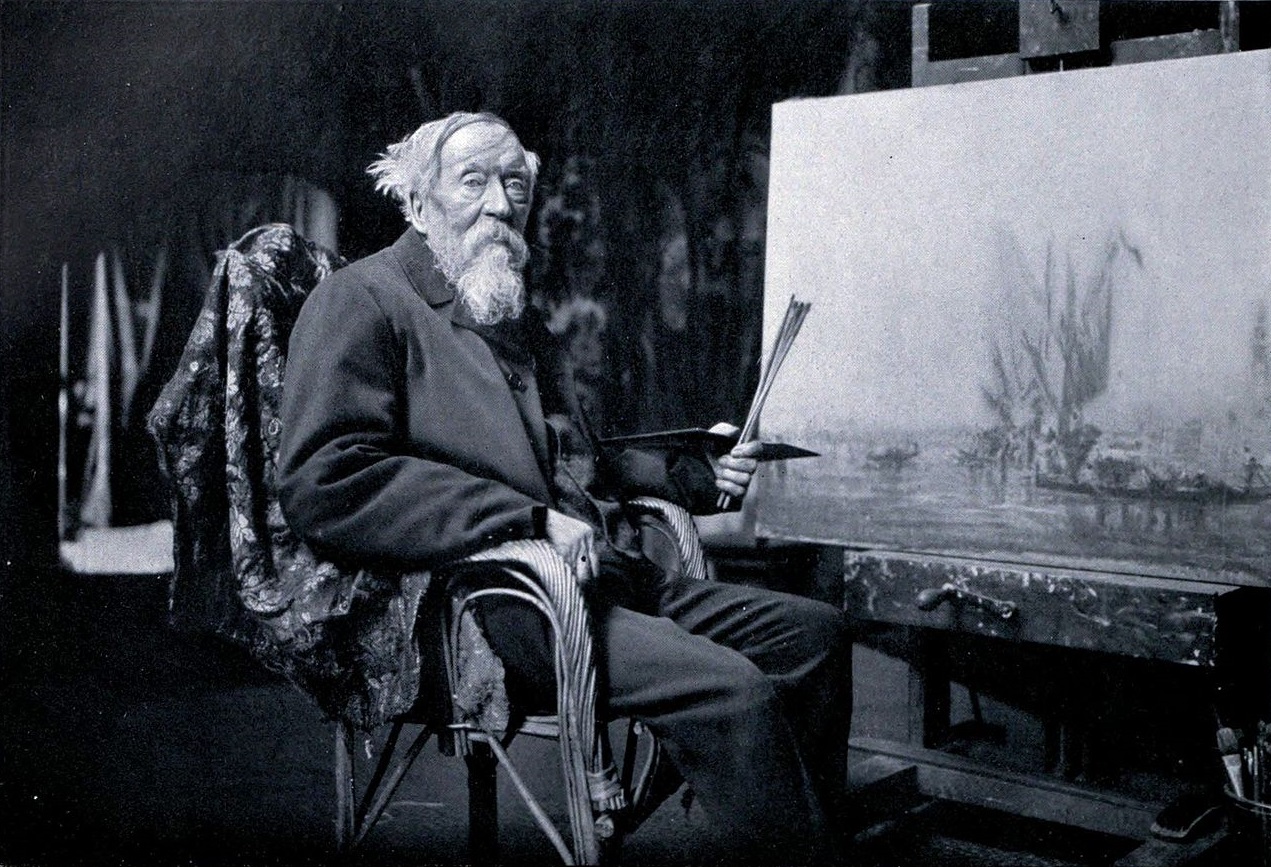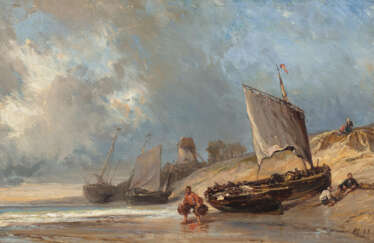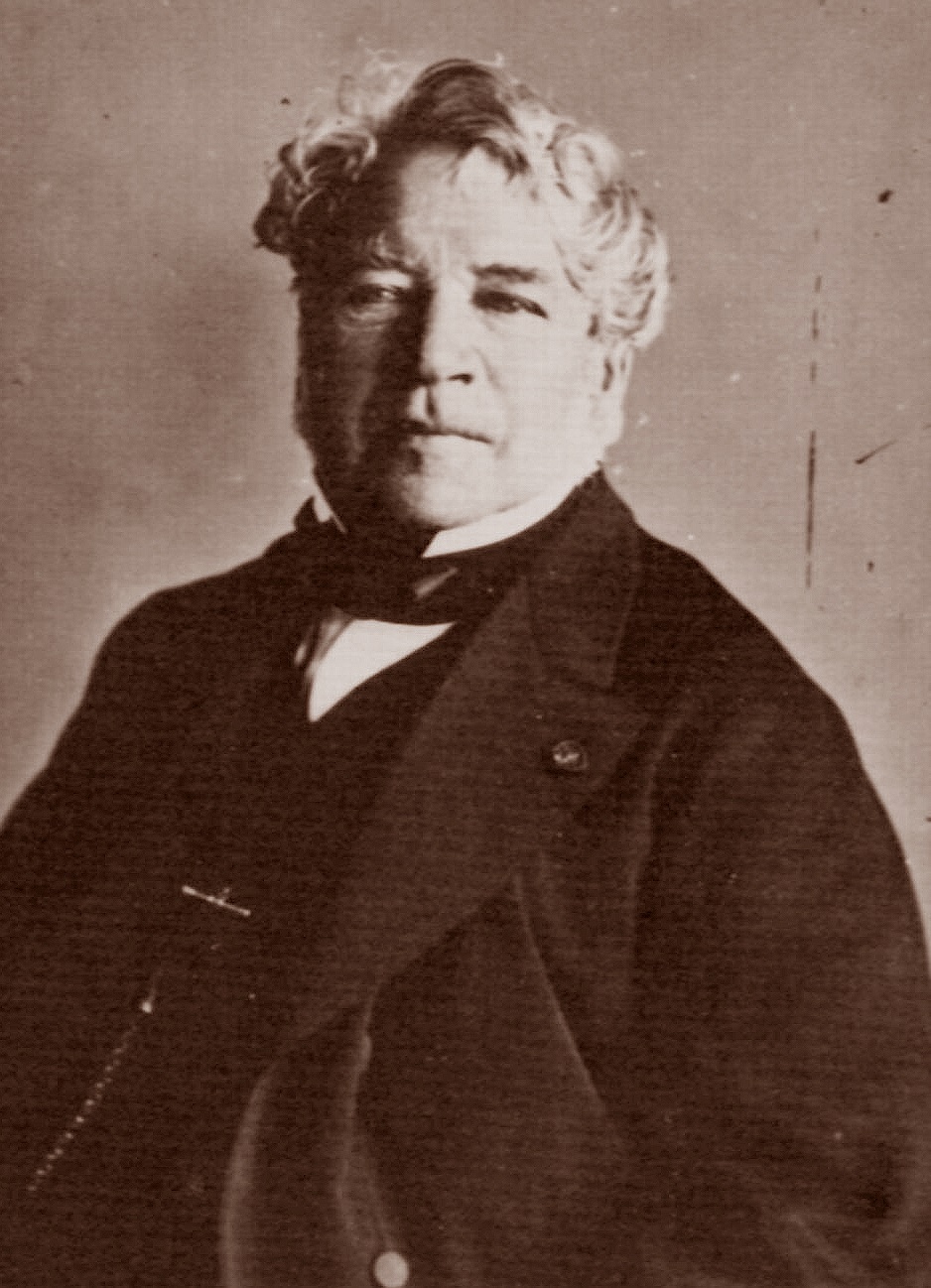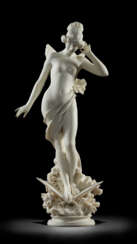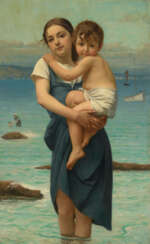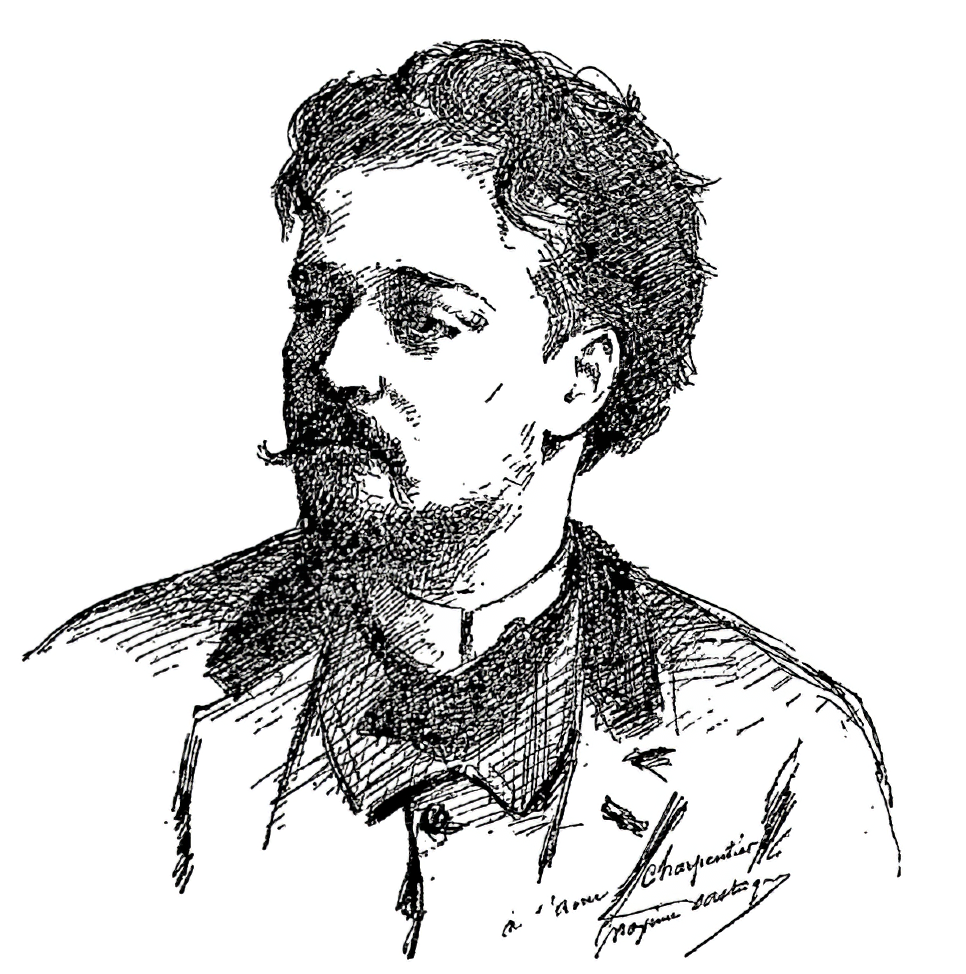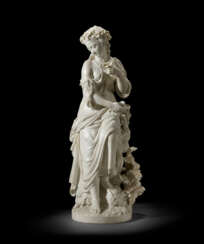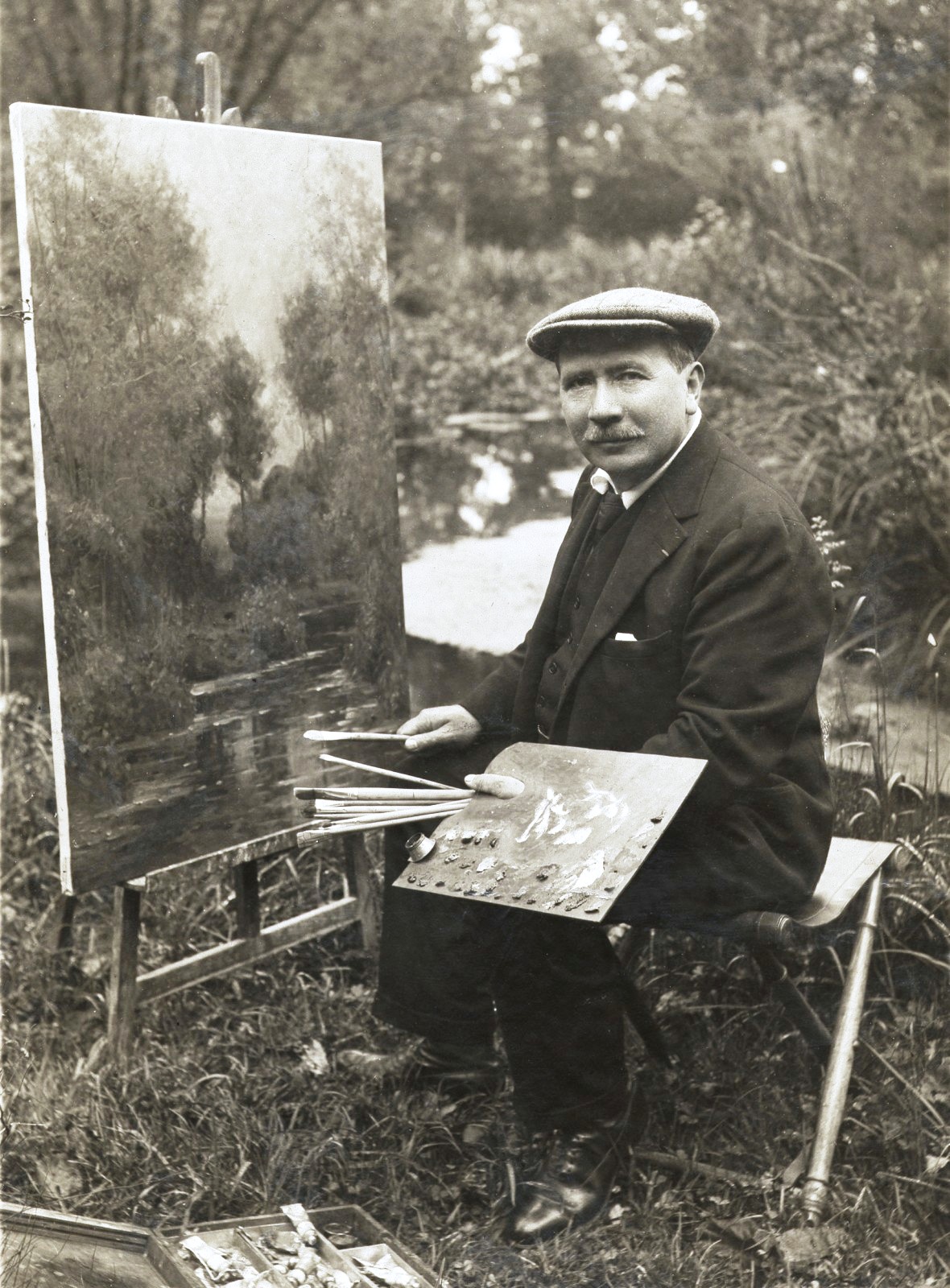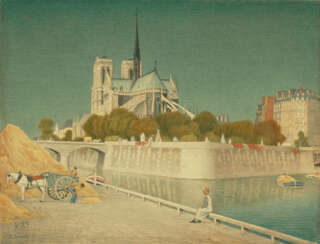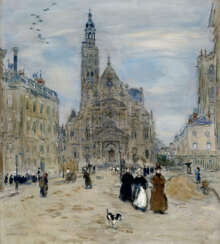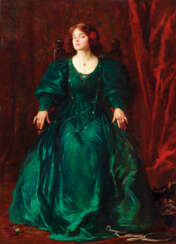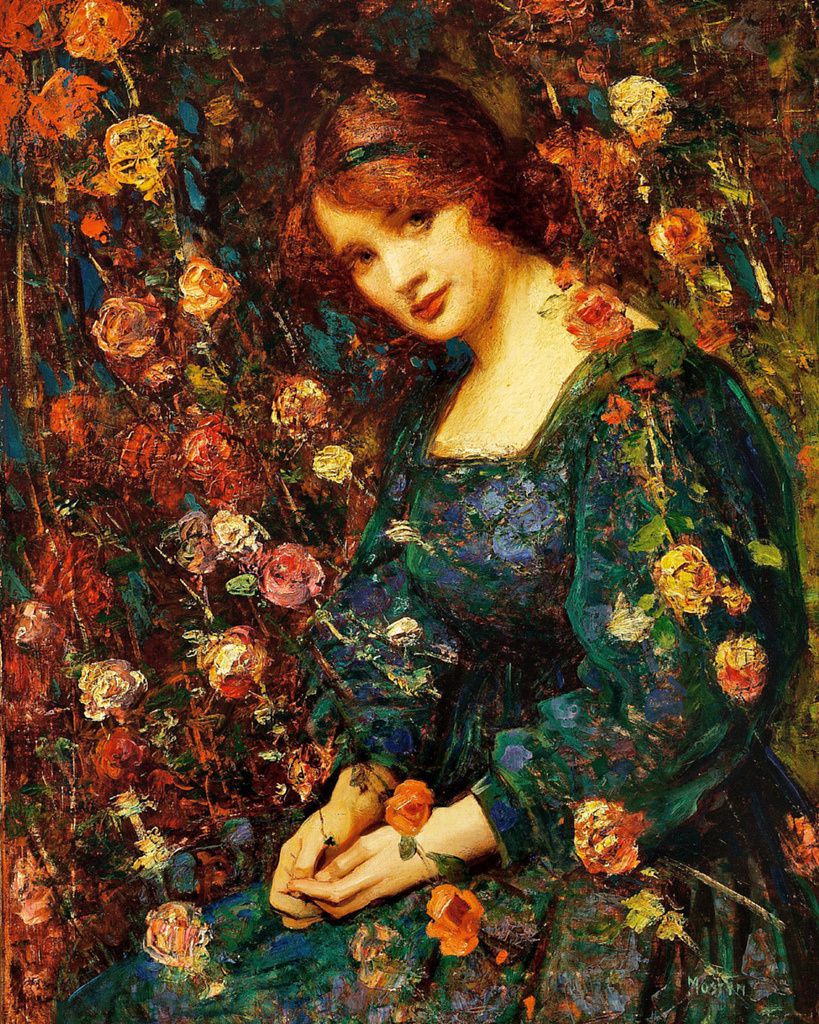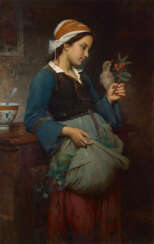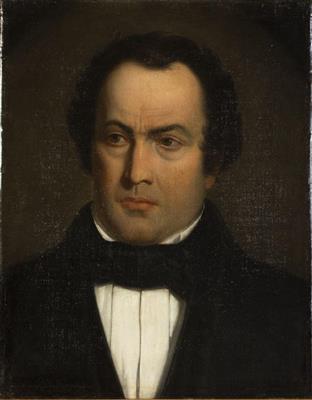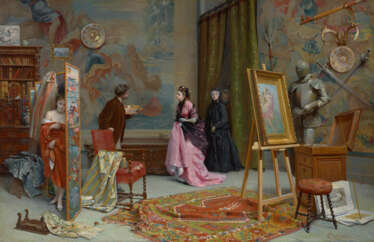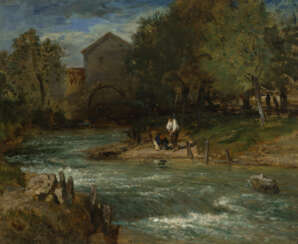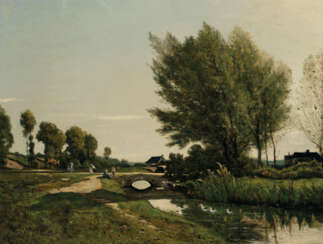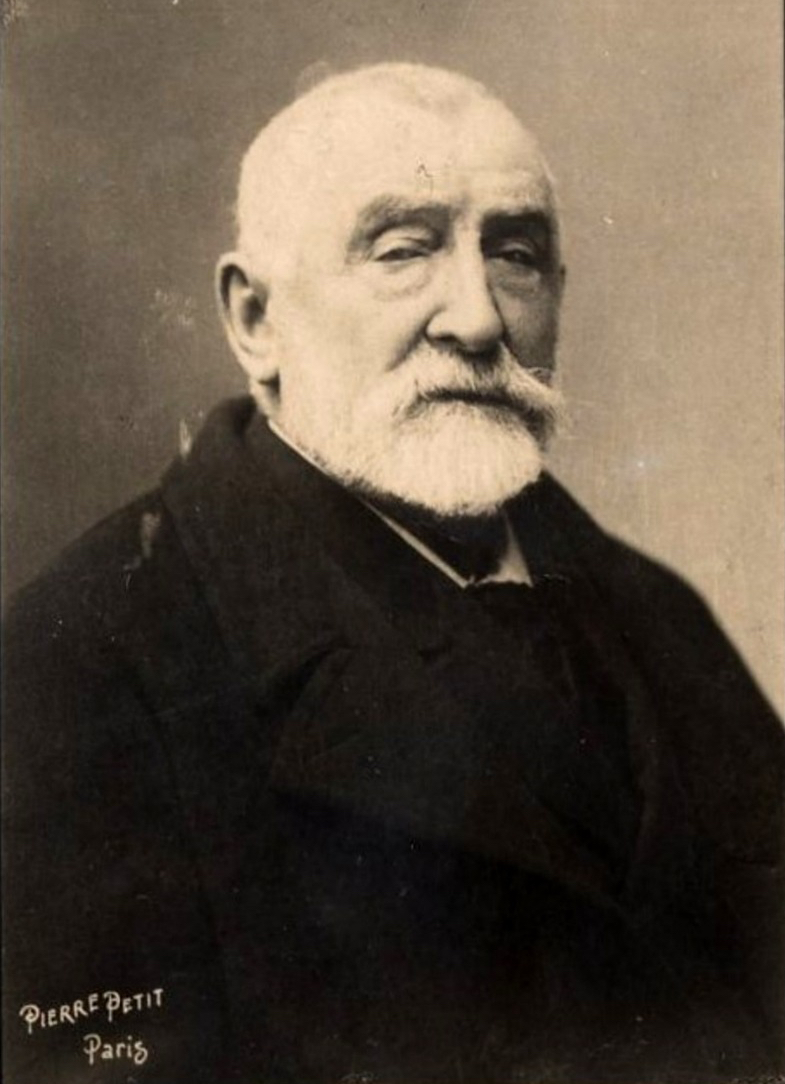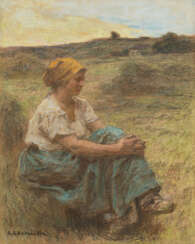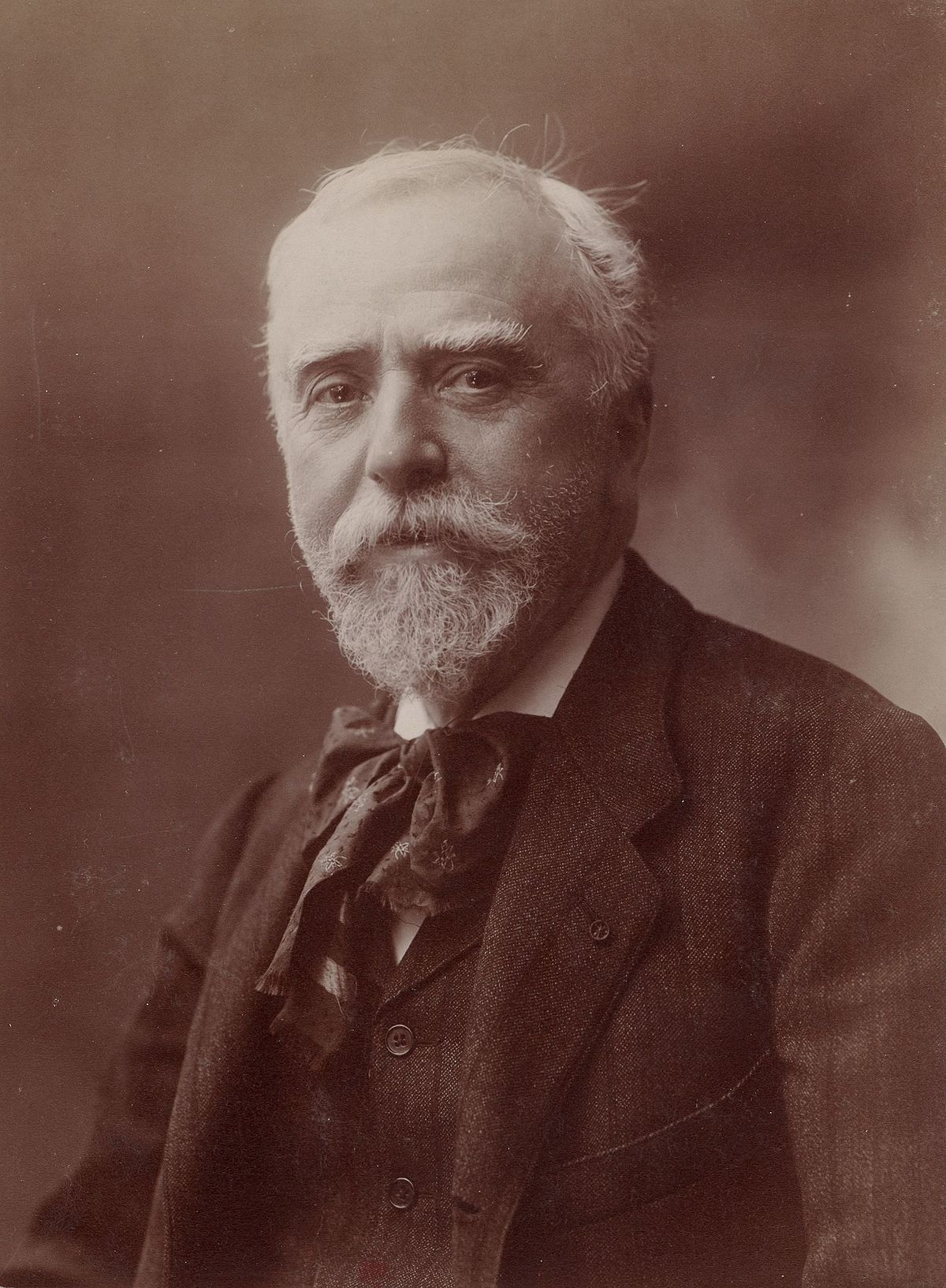
European Art
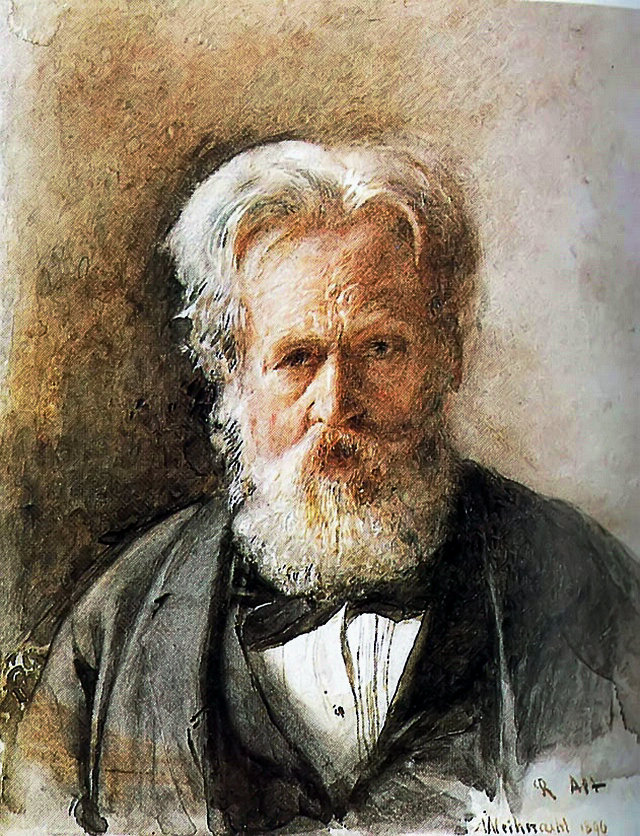
Rudolf von Alt was an Austrian watercolorist and landscape painter.
Rudolf studied at the Academy of Art in Vienna, painted architectural landscapes and portraits. In search of interesting views, he traveled extensively throughout Europe, worked for some time in Rome and Naples, visited the lakes of Lombardy, then Galicia, Bohemia, Bavaria. In 1863 Rudolf von Alt came to the Crimea to paint views of the Empress's estate, and in 1867 he traveled to Sicily.
Critics note his masterful command of watercolor, thanks to which the artist very realistically conveys the details of architecture and shades of light. Von Alta's later works reflect the trends of Impressionism.
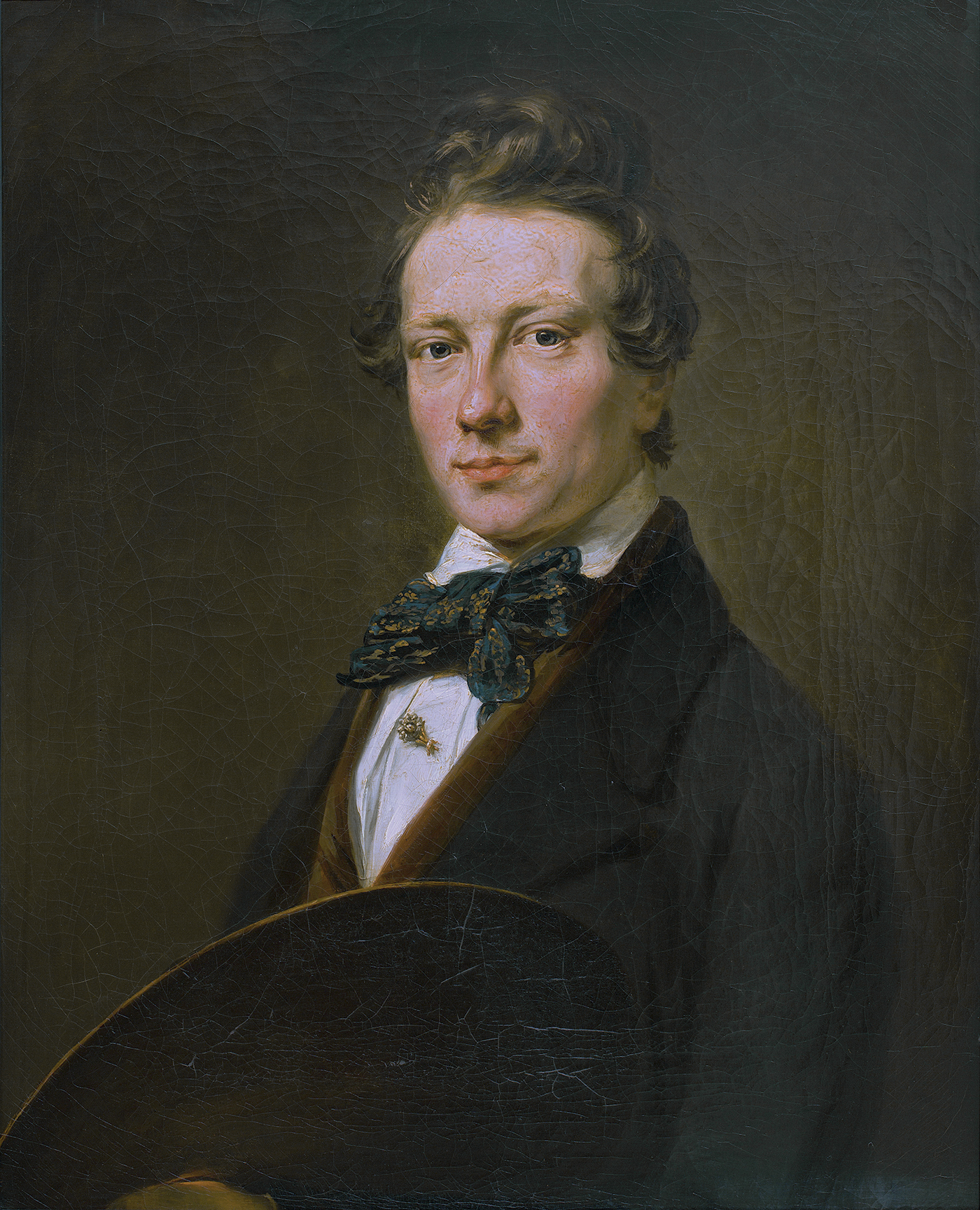
Cornelis Springer was a Dutch 19th-century cityscape painter.
He is known for watercolors, etchings, and drawings, especially of city views and town scenes that he sketched while traveling around the country.
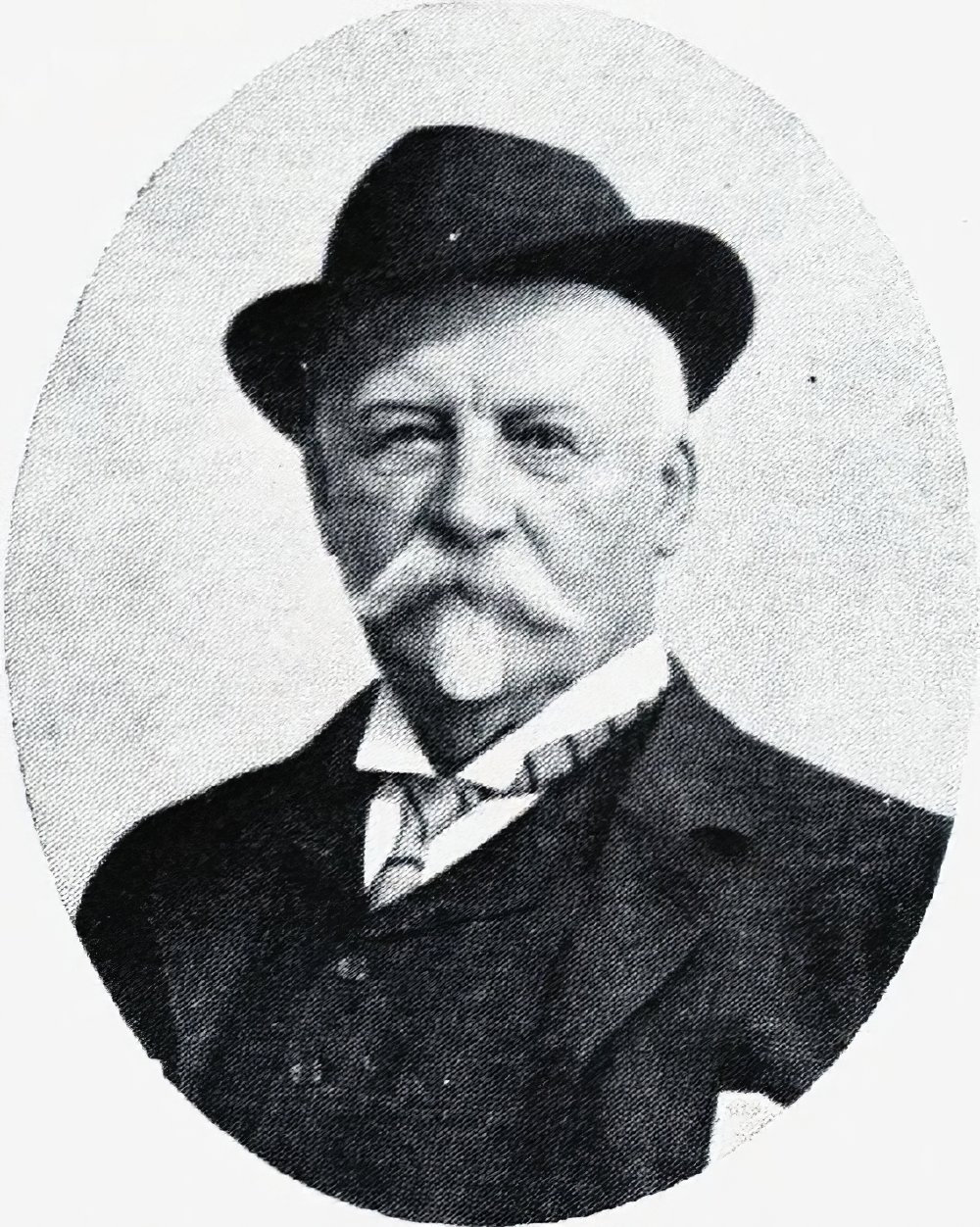
Sophus Jacobsen was a Norwegian landscape painter.
At first he painted mostly landscapes and sea views of Norway by day or moonlight, but later he mostly painted autumn and winter views of the German countryside. In some of his moonlit views of Venice he resembles Oswald Achenbach.
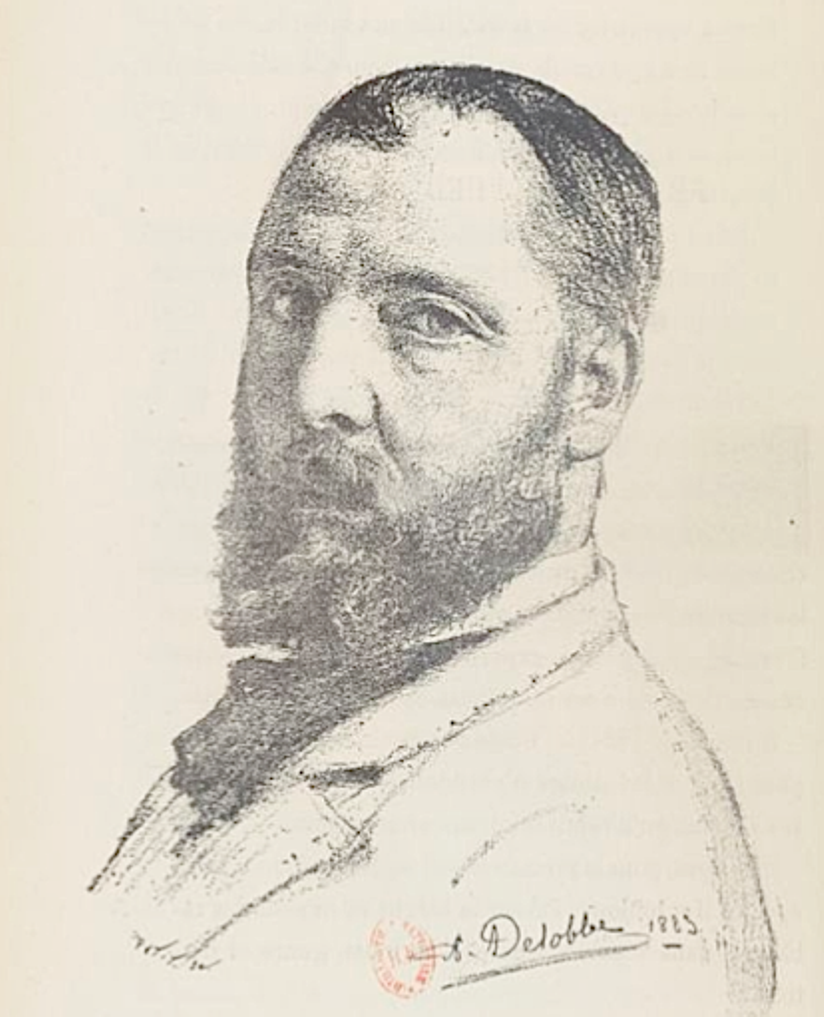
François-Alfred Delobbe was a French naturalist painter.
At the age of 16 he entered the École des Beaux-Arts de Paris, first painting mythological, orientalist and genre scenes in an academic style. He then continued his studies in the studio of William-Adolphe Bouguereau, who encouraged him to concentrate on mythological scenes and portrait painting. In 1861, Delobbe made his debut at the Salon des Artistes Français with a portrait of his mother, which received a favorable critical response in the Parisian press. Throughout the 1860s, Delobbe enjoyed continued success at the annual Salon.
In these same years, the government commissioned him to paint frescoes for the town hall in the new 15th arrondissement of Paris. The importance of this large-scale project for the career of Delobbe can not be overestimated, it was with him that the artist began the rise of his career.
In the mature period of creativity, Delobbe's favorite theme became children and young women at work: they embroider lace or sift grain, evoking associations with the artist's favorite Brittany. Delobbe's Breton paintings were highly prized in the Paris salons for many years.
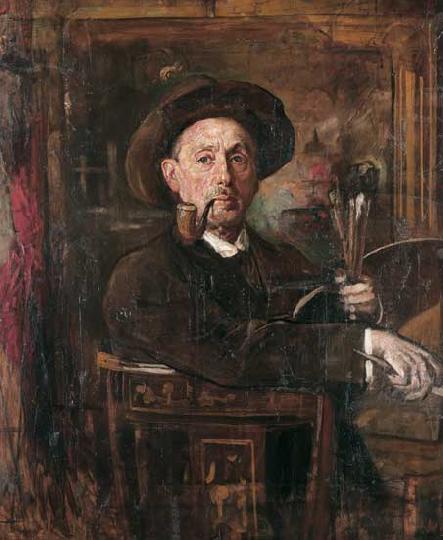
Gyula Tornai, born Groszmann, was a Hungarian orientalist painter.
He received his artistic education at academies in Vienna, Munich and at the Benchur workshops in Budapest, where he studied under Hans Makart and Gyula Benchur. Then Tornai spent 10 years in Morocco and Tangier, traveling also in Spain, Algeria, observing the life of the peoples of these countries. During these years, the artist painted many paintings depicting street life, merchants, musicians and harems. In 1900 he exhibited his paintings at the World Exhibition in Paris with great success.
After 1905, Tornai traveled to India and Japan, where he was able to study customs, Buddhism and Shintoism in detail, which was rare for Europeans. Gyula Tornai had a keen observation and many of his paintings are painted with irony and humor. The Hungarian artist has a well-deserved reputation as a connoisseur of the Orient.
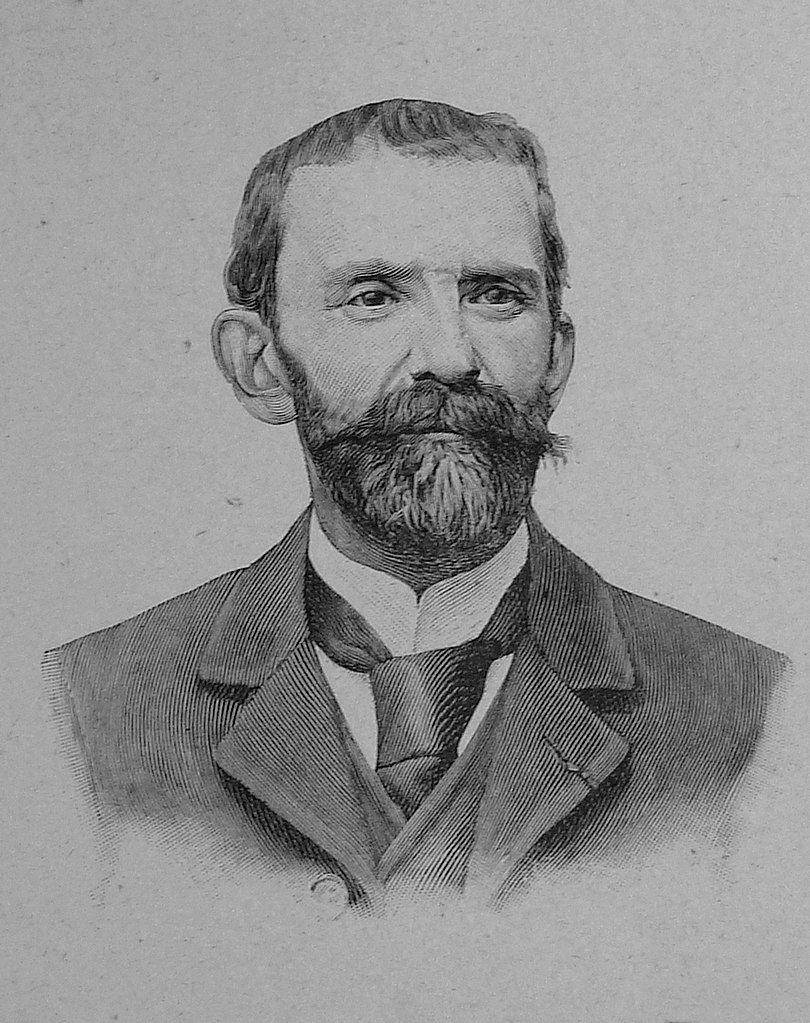
Victor Gabriel Gilbert was a French painter mostly known for his Parisian scenes and portraying market scenes there. He studied with Victor Adam (1801-1866) and subsequently with Charles Busson (1822-1908). In 1889 he was awarded a silver medal in the Société des Artistes Français, and a Bonnat prize in 1926 at the end of his career.

Victor Gabriel Gilbert was a French painter mostly known for his Parisian scenes and portraying market scenes there. He studied with Victor Adam (1801-1866) and subsequently with Charles Busson (1822-1908). In 1889 he was awarded a silver medal in the Société des Artistes Français, and a Bonnat prize in 1926 at the end of his career.
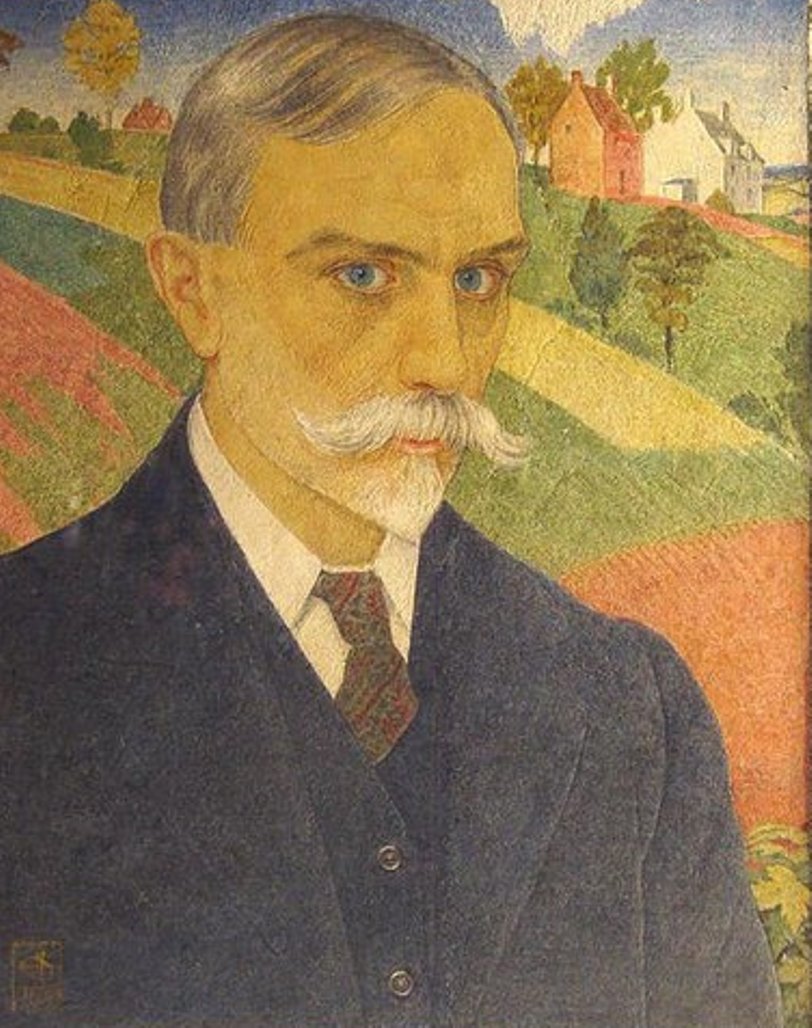
Joseph Edward Southall was a British painter and leader of the Birmingham Group of Craftsmen Artists.
At the age of 21, while traveling in France and Italy, Southall was fascinated by Italian Renaissance painters. He later created many large tempera paintings, mostly of mythological and religious subjects, which were exhibited throughout Europe as well as in the United States. The artist also painted landscapes and many portraits in watercolor and oil.
With the outbreak of World War I, Southall became more involved in the anti-war struggle, writing pamphlets and drawing cartoons for books and magazines. Along with other members of the Birmingham Group, Southall also practiced various crafts including murals, furniture decoration, lace, book illustration and prints.
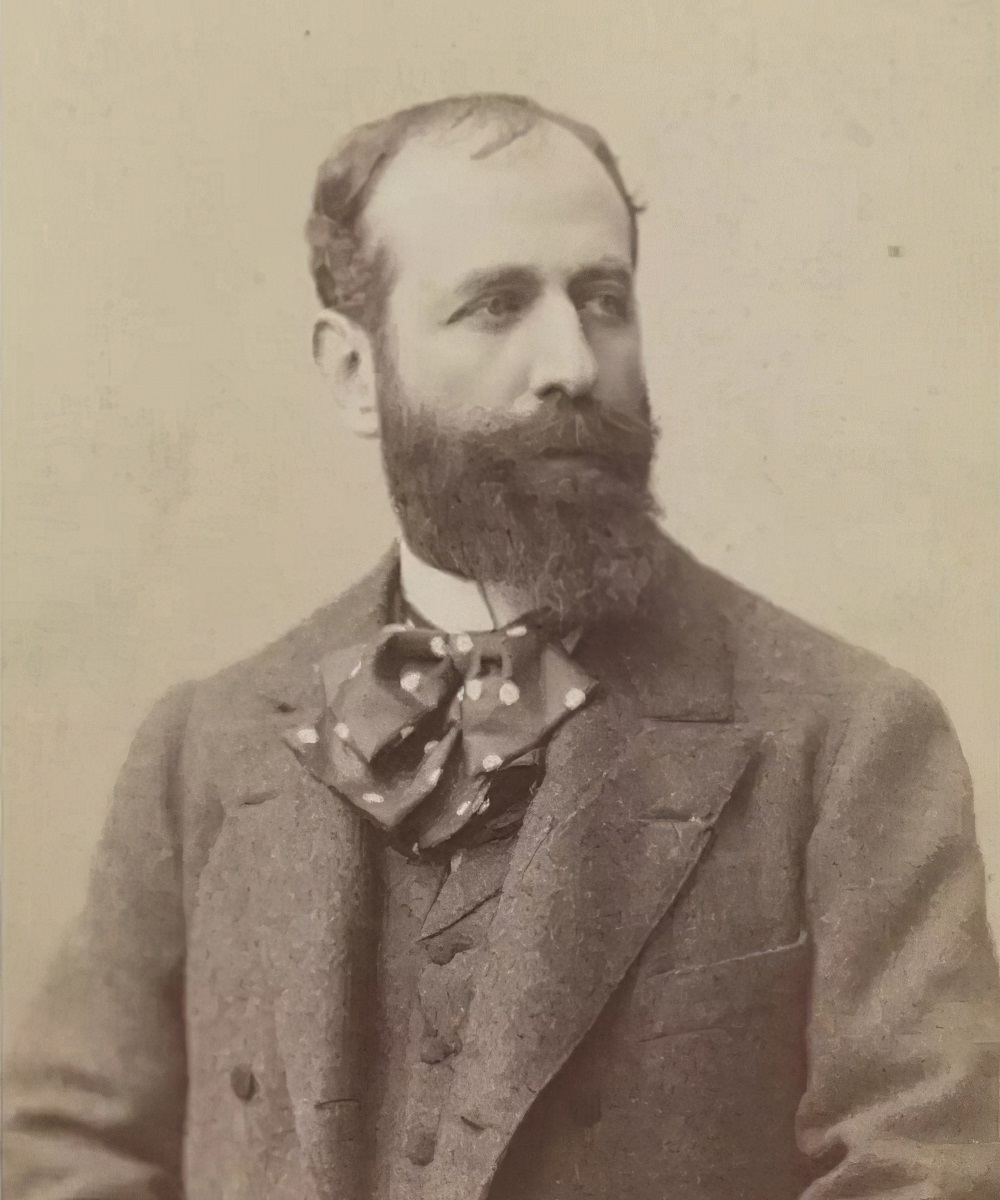
Jean-François Raffaëlli was a French realist painter, sculptor, and printmaker who exhibited with the Impressionists. He was also active as an actor and writer.

Victor Gabriel Gilbert was a French painter mostly known for his Parisian scenes and portraying market scenes there. He studied with Victor Adam (1801-1866) and subsequently with Charles Busson (1822-1908). In 1889 he was awarded a silver medal in the Société des Artistes Français, and a Bonnat prize in 1926 at the end of his career.

Jean Béraud was a French painter renowned for his numerous paintings depicting the life of Paris, and the nightlife of Paris society. Pictures of the Champs Elysees, cafés, Montmartre and the banks of the Seine are precisely detailed illustrations of everyday Parisian life during the "Belle Époque". He also painted religious subjects in a contemporary setting.
 Констан Тройон. Неизвестный автор. Дагерротип «Констан Тройон», 1856.jpg)
Constant Troyon was a French painter of the Barbizon school. In the early part of his career he painted mostly landscapes. It was only comparatively late in life that Troyon found his métier as a painter of animals, and achieved international recognition.
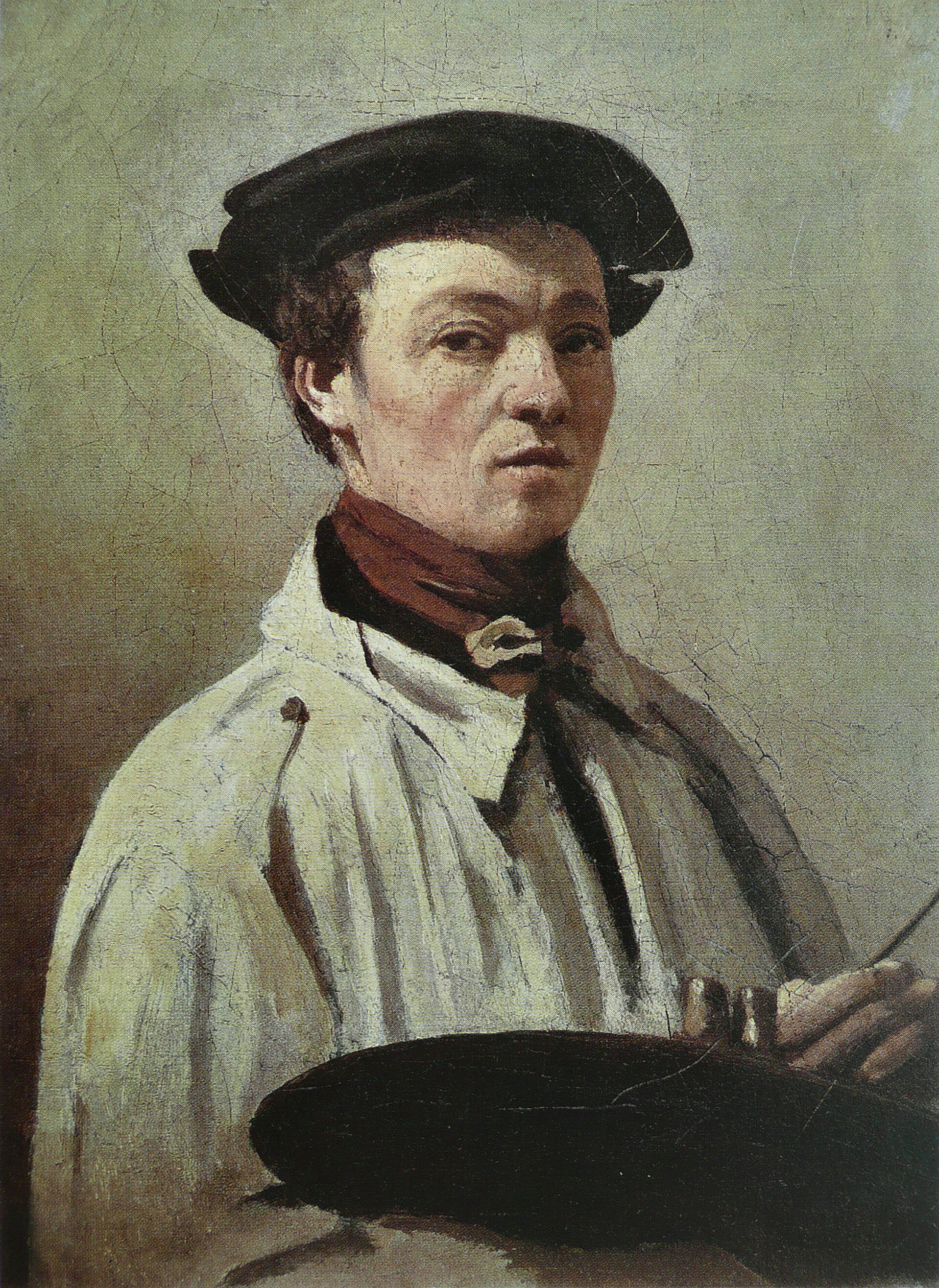
Jean-Baptiste-Camille Corot was a French landscape and portrait painter as well as a printmaker in etching. He is a pivotal figure in landscape painting and his vast output simultaneously referenced the Neo-Classical tradition and anticipated the plein-air innovations of Impressionism.

Jean-Baptiste-Camille Corot was a French landscape and portrait painter as well as a printmaker in etching. He is a pivotal figure in landscape painting and his vast output simultaneously referenced the Neo-Classical tradition and anticipated the plein-air innovations of Impressionism.
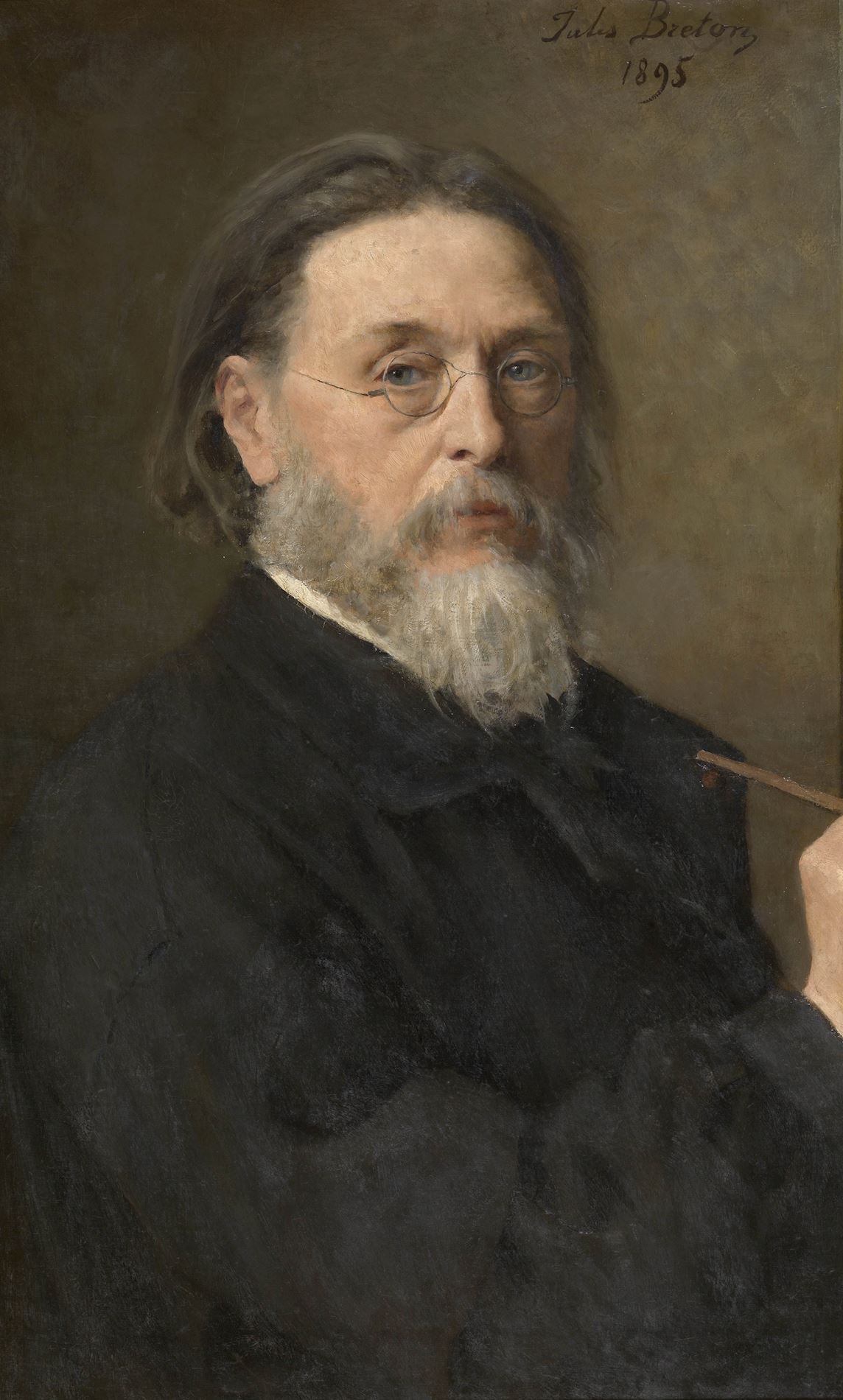
Jules Adolphe Breton was a French artist celebrated for his realistic portrayals of peasant life in 19th-century France. His work, deeply influenced by the rural landscapes and traditions of Artois, reflects a bygone era increasingly threatened by industrialization. Notable for capturing the dignity and toil of peasants, Breton's paintings like "The Gleaners" and "The Blessing of the Wheat" earned accolades for their heartfelt depiction of rural customs and their socio-economic undertones, particularly during a period when the rights of the rural poor were heavily debated.
Jules Breton's artistic merit extended beyond painting; he authored several books and volumes of poetry that provide insights into his life and the era's art scene. His notable works such as "The Song of the Lark" and "The End of the Day" are housed in prestigious institutions like the Art Institute of Chicago, demonstrating his posthumous recognition. This piece, in particular, was famously declared a favorite by Eleanor Roosevelt at the 1934 Chicago World's Fair, marking a peak in his acclaim.
For art collectors and experts, Jules Breton's oeuvre offers a poignant glimpse into 19th-century rural France, preserved through his exceptional skill and emotional depth. His works not only depict the daily lives of peasants but also resonate with broader themes of tradition and change, making them significant both historically and artistically.
For updates on exhibitions and sales of Jules Adolphe Breton's works, consider signing up for relevant newsletters. This ensures you remain informed about opportunities to acquire pieces by this distinguished painter.
